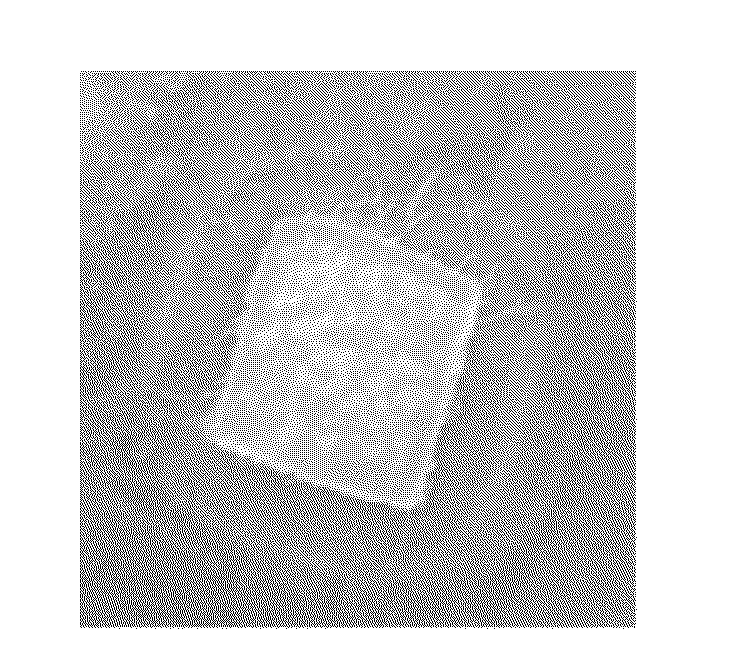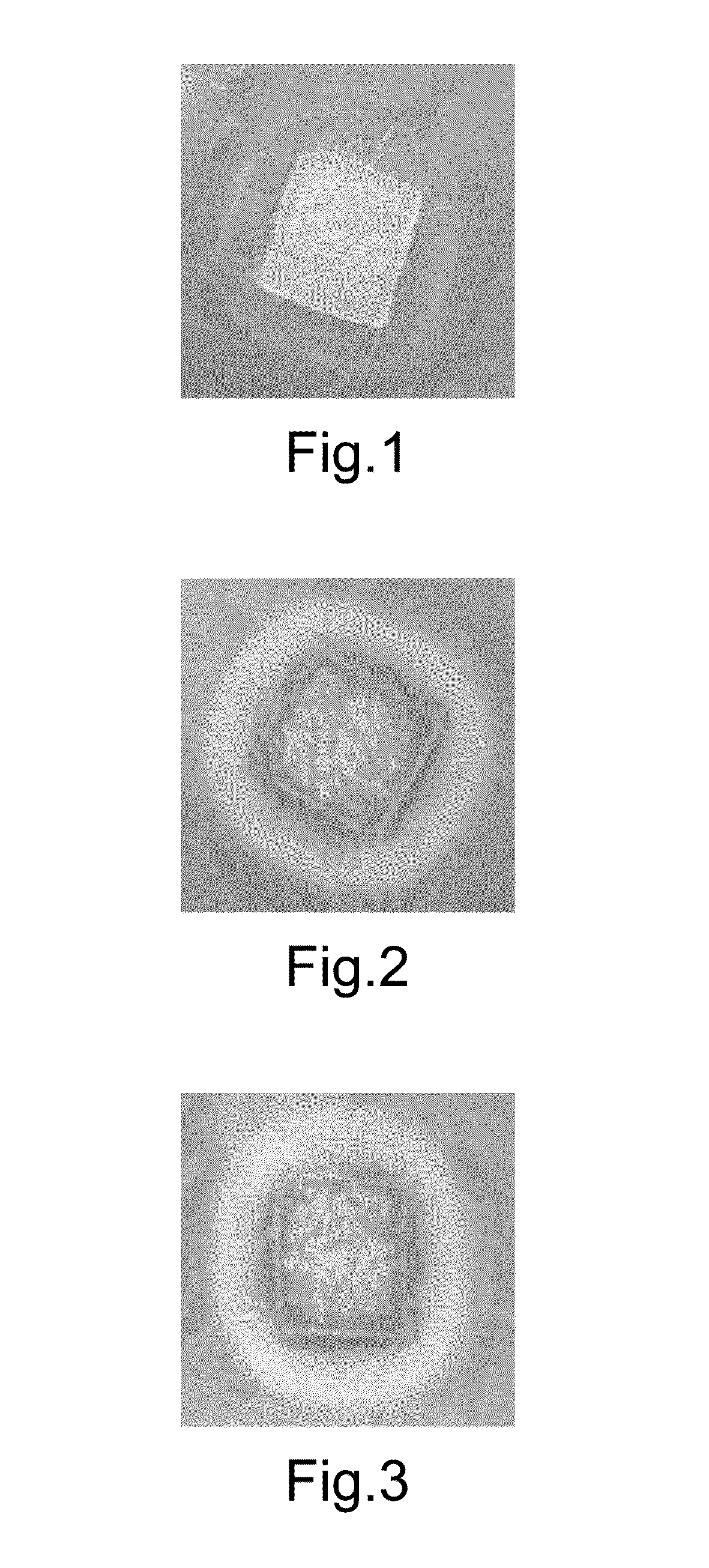Silver containing antimicrobial fibre, fabric and wound dressing and its method of manufacturing
a technology of antimicrobial fiber and silver, which is applied in the direction of packaging sterilisation, transportation and packaging, and bandages, etc., can solve the problems of small amount of silver ions being released before reaching equilibrium, and achieve the effect of improving the manufacturing method of antimicrobial fiber, and reducing the risk of infection
- Summary
- Abstract
- Description
- Claims
- Application Information
AI Technical Summary
Benefits of technology
Problems solved by technology
Method used
Image
Examples
example 1
[0062]The manufacturing method for antimicrobial fibers and wound dressing containing 0.5% by weight silver:
[0063]1. Add 114 L of water into the mixing vessel;
[0064]2. To make 6 Kg of silver alginate fibers with 0.5% silver content, it will need 50 g silver nitrate, 6.74 kg sodium alginate and 114 L water;
[0065]3. Add 50 g of silver nitrate into the mixing vessel which has been pre-charged with 114 L of water. Start the mixer to fully dissolve and mix the silver nitrate in the water, then whilst the mixer is kept running add 1 kg sodium alginate powder into the solution, and keep the mixer running. Check the mixture for undissolved alginate and silver nitrate and ensure the viscosity reaches the pre-stated ideal level;
[0066]4. Add the remaining sodium alginate into the solution while the mixer is kept running;
[0067]5. After the sodium alginate is completely dispersed, put the solution on stand for 24 hours for natural degassing. Because of the high viscosity of the polymer solution,...
example 2
[0072]The dressing from example 1 is cut into 2×2 cm, and wetted and then placed into a petri dish that is covered evenly with staphylococcus aureus. The petri dish is placed into a 37° C. incubator for 7 days, and observed for growth of microorganisms. When the silver ions are released from the dressing, the microorganisms surrounding the dressing sample are killed, creating a visible zone of inhibition. The greater the zone, the better the antimicrobial property the dressing has. FIG. 1 displays a zone of inhibition of the dressing containing 0.5% (weight) silver for staphylococcus aureus after 1 day; FIG. 2 displays a zone of inhibition of the dressing containing 0.5% (weight) silver for staphylococcus aureus after 5 days; FIG. 3 displays a zone of inhibition of the dressing containing 0.5% (weight) silver for staphylococcus aureus after 7 days. It can be seen that the dressing with 0.5% silver content still has a good antimicrobial function after 7 days.
example 3
[0073]The manufacturing method for antimicrobial fibers and wound dressing containing 1% by weight silver:
[0074]1. Add 114 L of water into the mixing vessel;
[0075]2. To make 6 Kg of silver alginate fibers with 1% silver content, it will need 100 g silver nitrate, 6.74 kg sodium alginate and 114 L water;
[0076]3. Add 100 g of silver nitrate into the mixing vessel which has been pre-charged with 114 L of water. Start the mixer to fully dissolve and mix the silver nitrate in the water then whilst the mixer is kept running add 1 kg sodium alginate powder into the solution, and keep the mixer running. Check the mixture for undissolved alginate and silver nitrate and ensure the viscosity reaches the ideal level;
[0077]4. Add the remaining sodium alginate into the solution while the mixer is kept running;
[0078]5. After the sodium alginate is completely dispersed, keep the solution on stand still for 24 hours for natural degassing. Because of the high viscosity of the polymer solution, the si...
PUM
| Property | Measurement | Unit |
|---|---|---|
| length | aaaaa | aaaaa |
| particle size | aaaaa | aaaaa |
| length | aaaaa | aaaaa |
Abstract
Description
Claims
Application Information
 Login to View More
Login to View More - R&D
- Intellectual Property
- Life Sciences
- Materials
- Tech Scout
- Unparalleled Data Quality
- Higher Quality Content
- 60% Fewer Hallucinations
Browse by: Latest US Patents, China's latest patents, Technical Efficacy Thesaurus, Application Domain, Technology Topic, Popular Technical Reports.
© 2025 PatSnap. All rights reserved.Legal|Privacy policy|Modern Slavery Act Transparency Statement|Sitemap|About US| Contact US: help@patsnap.com



